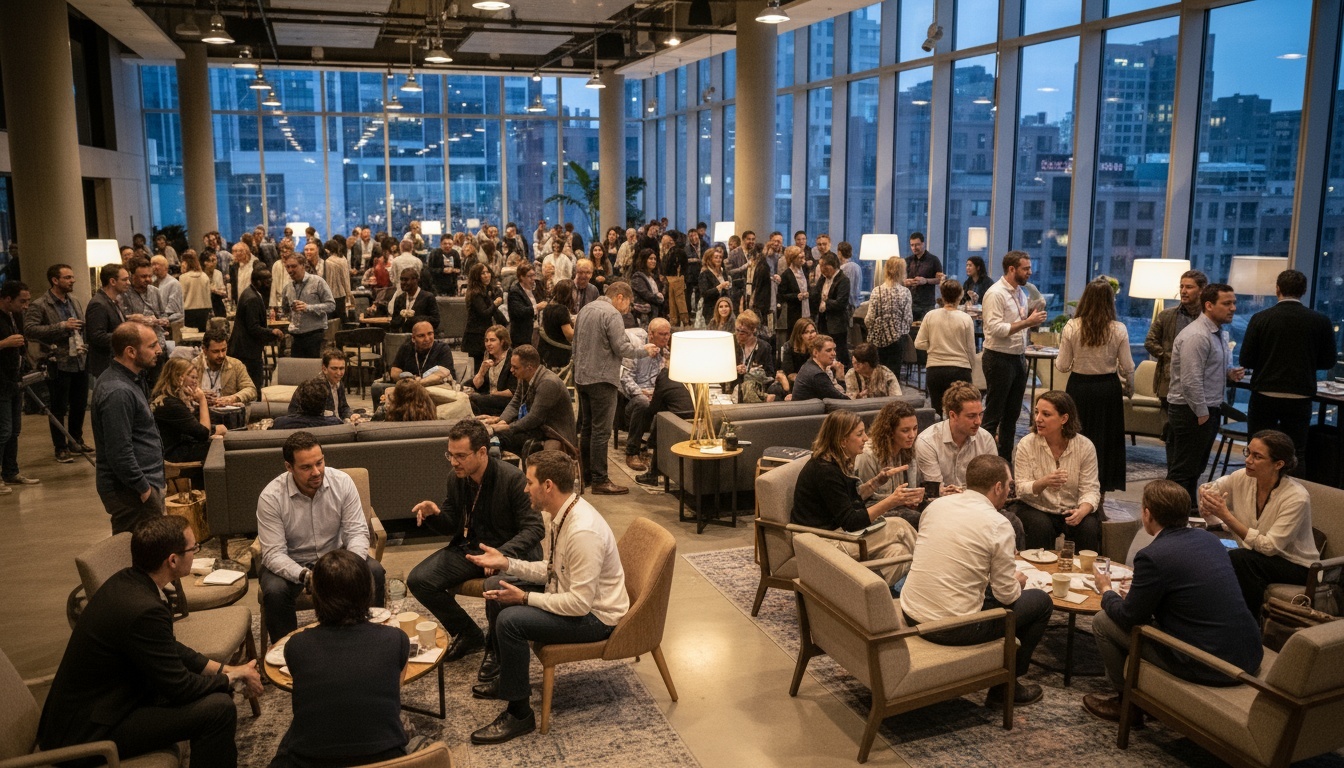Ideas don't spread through individual behavior. They spread through conversation.
Think about the last time you changed your mind about a tool, a process, or an approach. It probably wasn't a sudden decision. It was an accumulation of individual conversations. On Facebook, someone mentioned it worked for them. Your neighbor brought up a concern. You found yourself explaining why you were hesitant, then noticed your explanation didn't sound as solid when you said it out loud, talking to your spouse.
Markets move here. Not in the moment someone takes action, but in the countless small conversations that precede action.
Why the Say-Do Gap Isn't a Problem
The gap between what people say and what people do (a foundational issue in all Market Research) isn't a flaw to correct. It's the mechanism through which change happens.
When someone articulates an intention, they're not reporting an internal state. They're rehearsing. Testing. Building the narrative they'll need later when making the decision.
When someone voices a concern, they're not expressing doubt. They're surfacing the obstacle that needs addressing, whether by themselves or by whoever's trying to convince them.
These articulations don't reflect thinking, they shape it. The reasons we state out loud become the reasons we internalize and act on. The objections we give a voice to become the objections we take seriously.
These conversations happen everywhere, in places you'll never observe. Team channels, conference calls, industry forums, casual check-ins. The accumulated discourse creates the environment where decisions either feel obvious or feel risky and with Digital Twins, this is the discourse you now have access to.
What Synthetic Personas and Digital Twins Give You
Whether you’re working with Humans or Digital Twins, you'll never predict whether a specific individual will take a specific action at a specific time. But also, that's not the goal.
The goal is understanding what gets said in the conversational spaces where decisions get shaped. What resonates, what triggers skepticism, what objections emerge, what narratives take hold.
Digital Twins, when calibrated, give you access to this discourse layer.
They are not a prediction engine, but neither are humans in human focus groups.
What we’re capturing is how decisions get talked about. What values get invoked. What concerns come up. What makes people defensive or curious or confused.
Practical Shifts in How You Work
If you're currently thinking of Digital Twins as prediction tools, this reframe changes how you use them.
Ask Different Questions
Stop asking: "Will they do this?"
Start asking: "How would they talk about this? What would make them hesitate? What would they need to explain to their team? What concerns would they voice?"
These questions surface insights you can take action on. You learn that resistance isn't about the feature itself—it's about the implications of adopting it. Or you discover that the benefit you're emphasizing doesn't connect to how people frame their needs.
Ground Personas in What You Know
If your research shows certain characteristics, certain knowns, in your market, ask your Digital Twins about the unknowns.
Explore, Don't Validate
The worst use: "We think this will work. Do the personas agree?"
The better use: "We think this will work. What range of reactions emerges? What reasoning leads to each reaction? What are we not seeing?"
You're not conducting a vote. You're mapping the possibility space of responses and understanding what drives each one.
Population-True Digital Twins Determines Value
Generic personas give generic responses—helpful, balanced, disconnected from how your market talks.
Population-true Digital Twins, surface the specific concerns, vocabulary, and reasoning patterns that matter in your context. They reveal the objection you didn't think to ask about. They use the frame that drives decisions in your space.
